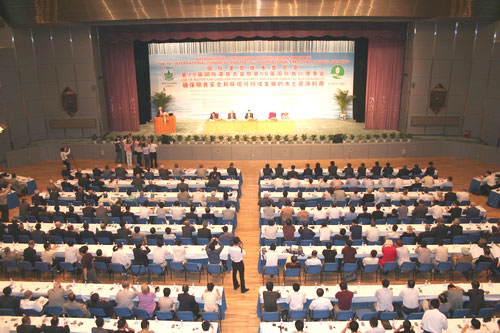DIRECT MEMBER - COMPANY

(8014) Freeboard, Net freeboard, Dry freeboard, or Flood freeboard
1 - The vertical distance between a stated water level and the top of a dam. The net freeboard or dry freeboard or flood freeboard is the vertical distance between the maximum water level and the top of the dam. The gross freeboard or total freeboard is the vertical distance between the retention water level and the top of the dam. The part of the gross freeboard attributable to the depth of flood surcharge is sometimes referred to as the wet freeboard but this term is not recommended as it is preferable that freeboard be stated with reference to the top of dam (illustrated). 2 - The crest of flood levees is raised above the design high water level. This is the freeboard height. The freeboard offers a certain degree of safety and protection against unforeseen phenomena which are not amenable to hydrological analysis (especially high wave action, ice-jam floods, extraordinary floods, etc.). Another important function of freeboard is to prevent the mechanical effects reaching the main levee body itself (burrowing animals and plant roots, traffic on levee crest). 3 - Freeboard is also : (a) to overcome lack of or unreliability of data which tend to result in higher water levels than foreseen, (b) to allow for some long settlement, (c) to allow water level set up due to wind (in reservoir or at coast), (d) to allow wave run up. The freeboard is thus composed of a part offering effective safety and of another of hypothetical value. The height of the freeboard is in general 1.0 m, occasionally 1.5 m. The minimum freeboard is 0.5 m. 4 - See also 2461, 3219, 3859 and 5378.
Related items you may like

Workbody

Event

Publications

Publications

Publications

Publications

Publications

Publications

Publications

Publications

Publications

Publications

Publications

Publications

Publications

Publications

Publications

Publications

Publications

Publications
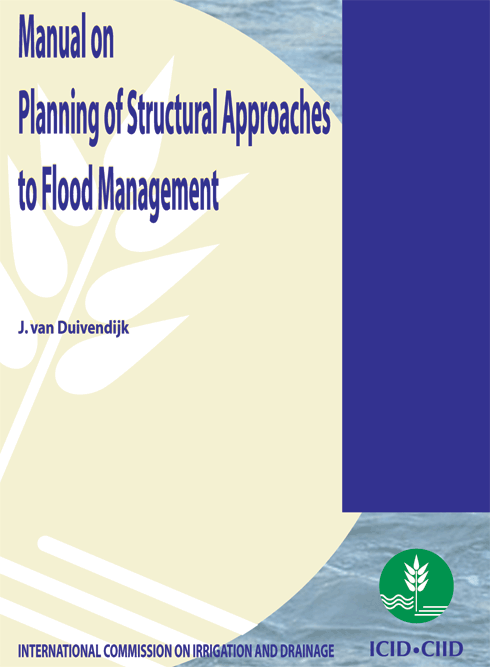
Publications

Publications

Publications
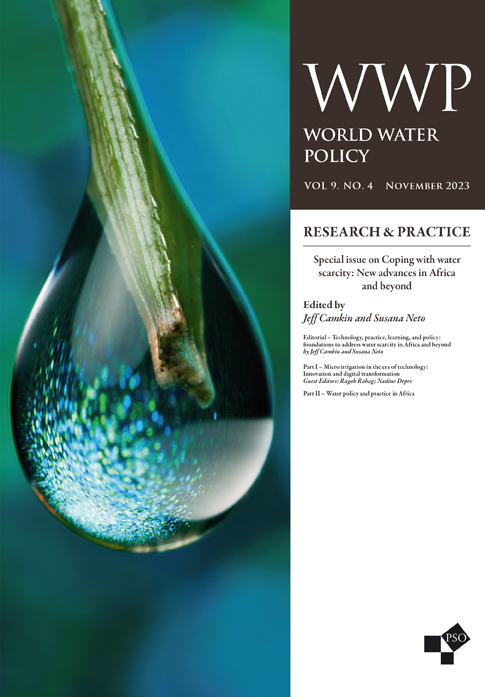
Publications
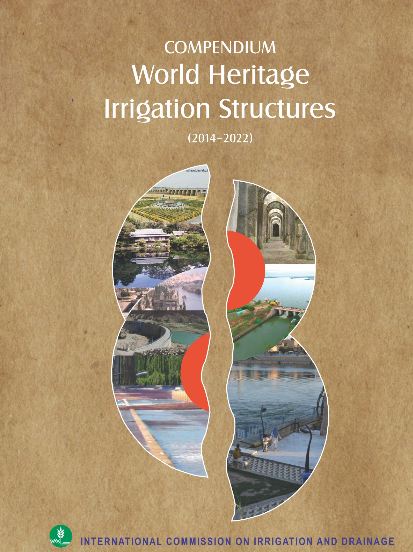
Publications

Publications

Publications

Publications

Publications

Publications

Publications

Publications

Publications

Publications

Publications

Publications

Publications

Publications

Publications

Publications

Publications

Publications

Publications

Publications

Publications

Publications

Publications

Publications

Publications

Publications

Publications

Publications

Publications

Publications

Publications

Publications

Publications

Publications

Publications

Publications

Publications

Publications

Publications

Publications

Publications

Publications

Publications

Publications

Publications

Publications

Publications

Publications

Publications

Publications

Publications

Publications

Publications

Publications

Publications

Publications

Publications

Publications

Publications

Publications

Publications

Publications

Publications

Publications

Publications

Publications

Publications

Publications

Publications

Publications

Publications

Publications

Publications

Publications

Publications

Publications

Publications

Publications

Publications

Publications

Publications

Publications

Publications

Publications

Publications

Publications

Publications

Publications

Publications

Publications

Publications

Publications

Publications

Publications

Publications

Publications

Publications

Publications

Publications

Publications

Publications

Publications

Publications

Publications

Publications

Publications

Publications

Publications
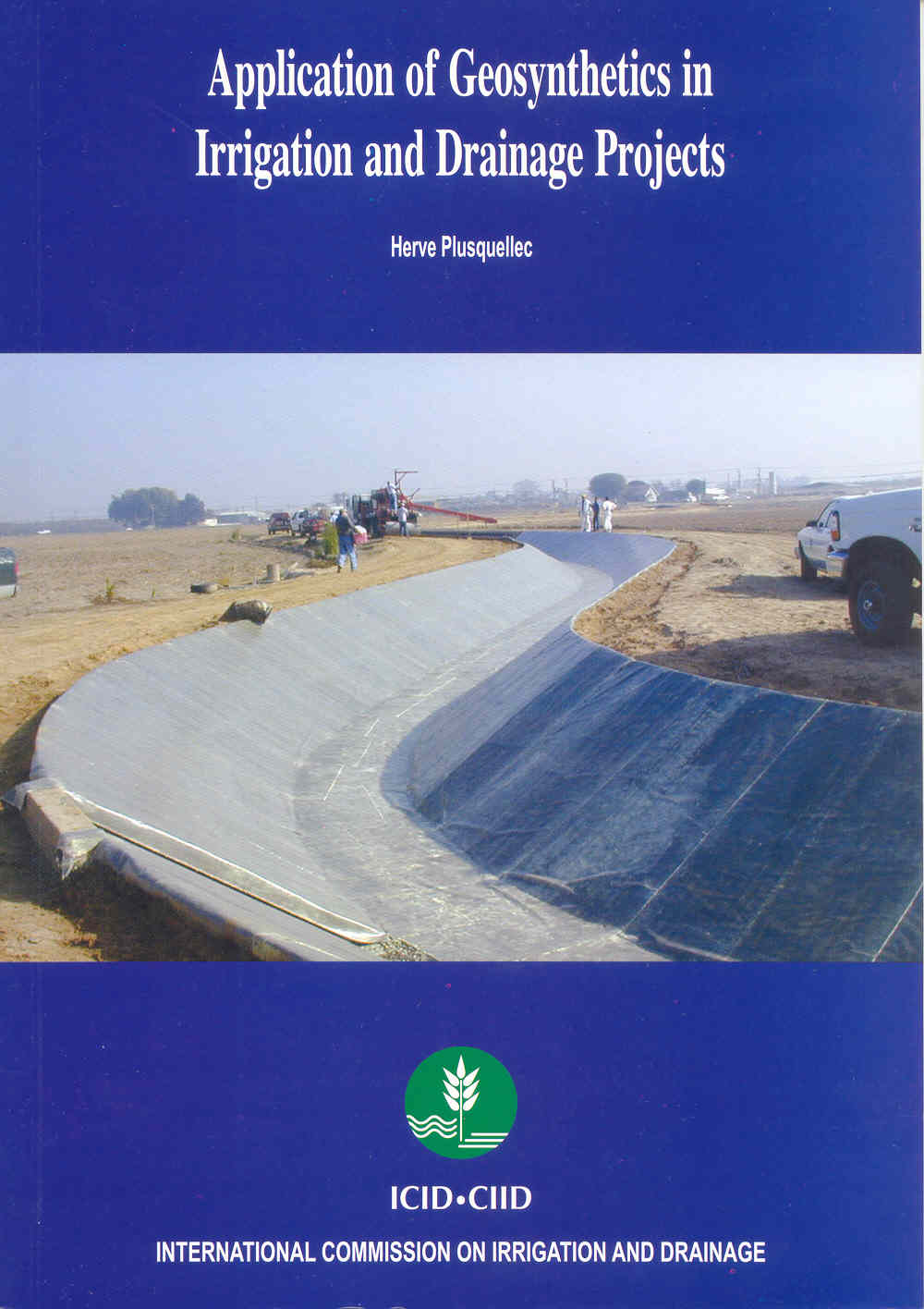
Publications

Publications
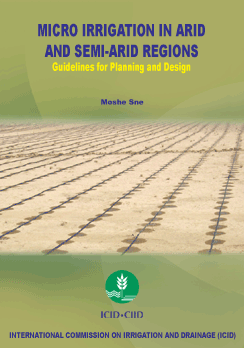
Publications
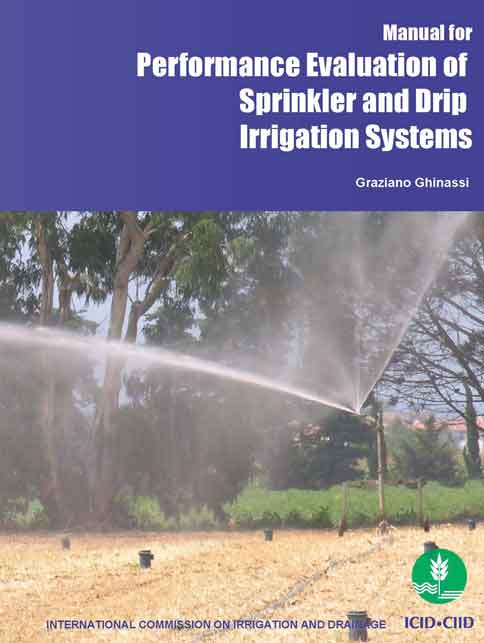
Publications

Publications

Publications

Publications
Irrigation
Sources of Irrigation
Irrigation History +
Sources of Irrigation +
IMPROVING SOIL MOISTURE +
Ponds +
Tanks +
Diversion Weirs +
Dams and Reservoirs +
Groundwater +
Conjunctive Water Use +
Wastewater +
Poor Quality Water +
Application of Irrigation water
Canal Irrigation +
Flood Irrigation +
Deficit Irrigation +
Supplemental Irrigation +
Sprinkler Irrigation +
Drip Irrigation +
Lift Irrigation +
Centre Pivot Irrigation +
Tidal Irrigation +
Micro-Irrigation Technologies for Small Holders +
Automatic Irrigation Systems +
Pressurized Irrigation +
Irrigation in Viticulture +
Purpose of Irrigation
Instruments and implements of Irrigation
Pumps +
Centrifugal Pumps +
Submersible Pumps +
Turbine and Jet Pumps +
Conveying Pipes +
Sprinklers +
Drippers +
Canal Automation Systems +
Irrigation Management
Economics of Irrigation System +
I&D System Types +
I&D Investment Functions +
I&D Management Issues +
Participatory I&D Management +
Equity in Irrigation +
Irrigation Services +
Irrigation and environment
Pollution and Irrigation +
Irrigation and Climate Resilience +
Environmental Aspects of Irrigation +
Environmental Impacts of Irrigation +
Green Lawn Irrigation +
Safe Use of Waste Water in Irrigation +
Organic Agriculture +
Soil Health +
Soil Health Management +
Quality of Irrigation Water +
Capacity Development
Drainage
Drainage Types and Systems
Agricultural Drainage +
Field Drainage systems +
Canal Irrigation and Drainage +
Surface Drainage Systems +
Subsurface Drainage +
Mole Drainage +
Bio-Drainage +
Regional Bio-Drainage +
Drainage Issues
Dictionary - Flood Irrigation Terms
- Annual-flood peak series
- Design flood hydrograph, Inflow Design Flood
- Flash flood
- Flood stage
- Maximum probable flood
- N-Year flood
- Design flood
- Sharp-crested flood
- Sheet flood
- Flood frequency
- Flood wave
- Flood flanking
- Flood tide, or Rising tide
- Duration of tide, Duration of ebb tide Duration of flood tide
- Tidal flood current
- Tidal flood interval
- Tidal flood strength
- Flood control reservoir, or Single-purpose flood control reservoir
- Flood control storage
- Flood storage
- Flood surcharge, or Surcharge
- Spillway design flood
- Flood gate
- Double opposed gates, Flood tide gate, Ebb tide gate
- Irrigation pipe aqueduct, Pipe aqueduct, Pipe flume
- Syphon, Inverted siphon, Irrigation syphon, Canal syphon, Syphon superpassage
- Lift irrigation area, or Lift area
- Continuous-flow irrigation
- Night-storage irrigation system
- Intermittent-flow irrigation system
- Irrigation return flow
- Farm irrigation structures
- Flood
- Flood alleviation
- Flood control
- Flood control project, Flood mitigation project, or Flood protection scheme
- Flood control works, or Flood protection works
- Flood hazard zone
- Flooding, or Inundation
- Flood management
- Floodplain encroachment
- Floodplain, or Flood Land
- Floodplain fringe, or Floodway fringe
- Floodplain preservation
- Flood plane
- Partial flood protection
- Flood risk
- Flood zones
- Natural floodplain
- River floodplain swamp
- Washland, or Floodplain
- Washland storage, or Floodplain storage
- Nonstructural measures of flood management
- Structural measures of flood management
- Economic effectiveness of a flood management system
- Flood enhancement
- Primary flooding zone
- Secondary flooding zone
- Collective irrigation system
- Individual irrigation system
- Perennial irrigation
- Seasonal irrigation
- Supplemental irrigation
- Systematic irrigation
- Flow irrigation, or Gravity irrigation
- Pumping irrigation
- Inundation irrigation
- Irrigation from a storage reservoir
- Irrigation from groundwater
- Irrigation by flood water spreading
- Sailab irrigation (a term used in India and Pakistan)
- Micro basin irrigation
- Irrigation by spreading
- Irrigation
- Irrigation interval
- Irrigation dose
- Ideal irrigation interval
- Irrigation season
- Fall irrigation (USA)
- Winter irrigation (USA)
- Early irrigation (USA)
- Sub-irrigation
- Overirrigation
- Irrigation canals
- Surface irrigation
- Flood irrigation
- Basin method of irrigation, or Irrigation by beds
- Flush irrigation
- Wild flooding, or Free flooding
- Spate irrigation
- Controlled flooding
- Border irrigation, or Border method
- Flooding from ditches, or (contour ditch irrigation)
- Corrugation irrigation
- Furrow irrigation
- Surge irrigation
- Duration of irrigation
- Secondary flow, Two discharge, or Cutback irrigation
- Primary flow irrigation (single discharge)
- Wave irrigation
- Irrigation through buried drains, Irrigation-drainage, or Vallenhove process
- Irrigation by nappe control, or Ramspol process
- Selection of irrigation parameters
- Sprinkler irrigation
- Irrigation terminal
- Irrigation device
- Perforated pipe sprinkler irrigation
- Irrigation sprinkler machine
- Centre pivot irrigation
- Lateral-move irrigation machine sprinkler method
- Solid set irrigation
- Piloting of irrigation
- Irrigation cycle
- Micro-irrigation, Localized irrigation, Drip irrigation, Trickle irrigation
- Mobile micro-irrigation
- Pulse irrigation
- Surface drip irrigation
- Buried drip irrigation
- Drip irrigation functioning by propulsions
- Micro-irrigation network
- Micro-irrigation nozzle-line
- Irrigation dose
- Semi-automatic control (of irrigation)
- Micro-irrigation system with hydraulic sequential operation
- Automatic control (of irrigation)
- Porous wall microirrigation tubing
- Proportional irrigation pump
- Irrigation water
- Irrigation water requirement, Irrigation need
- Net irrigation requirement, Farm delivery requirement, or Delta at farm
- Crop irrigation requirement
- Diversion requirement, Gross irrigation requirement, or Delta at head of main canal
- Optimum irrigation requirements
- Irrigation efficiency, Farm irrigation efficiency, Farm delivery efficiency, Water conveyance and delivery efficiency, or Overall efficiency
- Irrigation water-requirement
- Subirrigation
- Surge irrigation
- Irrigation water use efficiency
- Unit irrigation efficiency
- Economic efficiency of irrigation
- Irrigation efficiency
- Agronomic efficiency of irrigation or Agronomic productivity of irrigation
- Degree of durability of irrigation
- Programmed irrigation
- Fully automatic irrigation system
- Irrigation development project or system
- Irrigation
- Surface irrigation
- Wild flooding
- Basin Irrigation
- Overhead irrigation
- Sub‑irrigation
- Microirrigation
- Trickle irrigation
- Drip irrigation
- Total irrigation
- Supplemental irrigation
- Preplant irrigation
- Organic irrigation
- Peak flood, Momentary flood peak, or Maximum intensity of flood
- Extraordinary flood
- Percentage frequency of a given flood
- Land phase of flood
- Floodplain
- Flood axis
- Flood zones
- Flood control
- Flood abatement
- Base Flood Elevation (BFE)
- Flood cropping
- Flood risk
- Fluvial flooding
- Groundwater flooding
- Ocean flooding
- Pluvial flooding
- Sewer flooding
- Urban flooding
- Basic-stage flood, or Floods above a base
- Broad-crested flood
- Catastrophic flood
- Daily flood peak
- Design flood
- 100-year flood (one-hundred year flood)
- 500-year flood
- Base Flood
- Chance flood
- Flood
- Flood flow frequency
- Flooding
- Design flood hydrograph
- Earthquake flood, or Tsunami
- Empirical flood formula
- Flood probability maps
- Extreme flood, or Extraordinary flood
- Flash flood
- Flood attenuation effect of a reservoir
- Flood event
- Flood event anxiety
- Flood crest, Flood peak, or Flood summit
- Flooded area
- Flood forecasting
- Flood frequency
- Flood frequency analysis
- Flood frequency curve
- Flood frequency method
- Flood frequency region
- Flood hazard
- Flood hazard area
- Flood hydrograph
- Flood hydrology
- Flood incidence, or Flood probability
- Flood index
- Flood magnitude, or Flood size
- Flood map, Flood risk map, or Floodplain map
- Flood mark, High watermark, or Rack mark
- Flood meter, or Water level gauge
- Flood parameter
- Floodplain mapping
- Flood probability
- Flood regime, or Flooding regime
- Flood routing
- Flood runoff
- Flood series
- Flood severity
- Flood spreading
- Flood stage, or Flood level
- Flood tide
- Flood tide current
- Flood volume
- Monthly flood
- N-Year flood
- Mean annual flood
- Flood wave
- Ice jam flood
- Initial flood
- Maximum flood
- Probable maximum flood, or Maximum possible flood
- Sharp-crested flood
- Sheet flood
- Snow-melt flood
- By-pass floodway
- Floodway, By-pass floodway, Flood diversion channel, or Flood relief channel
- Flood wall
- Levee, Floodwall
- Hydraulic effectiveness of flood control systems
- Inter-basin floodway
- Parallel floodway
- Flood bed
- Flood control works
- Flood channel
- Flood fringe
- Flood gate
- Flood levee, Levee, Main Levee, Embankment, Stop bank, Dyke, Dike, Summer dike, Confinement dike, Ring dike, or Bund
- Freeboard, Net freeboard, Dry freeboard, or Flood freeboard
- Design flood level
- Flood control reservoir
- Flood control storage
- Floodplain storage
- Flood storage basin
- Spillway design flood
- Dry flood-proofing
- Emergency flood-proofing
- Flood adaptation
- Flood assistance
- Flood early warning system
- Flood forecasting and warning
- Flood fighting
- Floodplain acquisition
- Floodplain land use planning
- Floodplain management
- Flood management
- Flood risk management
- Floodplain regulations
- Floodplain relocation
- Flood-proofing
- Flood resistant crops
- Flood insurance rate map (FIRM)
- Flood insurance study (FIS)
- Flood recession agriculture
- Floodway fringe
- Floodplain zoning, Flood zoning, or Zoning
- Flood warning
- Permanent flood-proofing
- Wet flood-proofing
- Conjunctive irrigation planning
- Irrigation project
- Flood control project, Flood mitigation project
- Irrigation potential
- Assessment of irrigation charges
- Irrigation cess
- Water rate, Water charge, Irrigation rate, or Irrigation assessment
- Primary benefits, Primary effects, Direct irrigation benefits, or Direct irrigation effects
- Secondary benefits, Secondary effects, Indirect irrigation benefits, or Indirect irrigation effects
- Flood control benefits, Flood control direct benefits, Flood control indirect benefits
- Economic value of unit of irrigation water
- Revenue value of a unit of irrigation water







